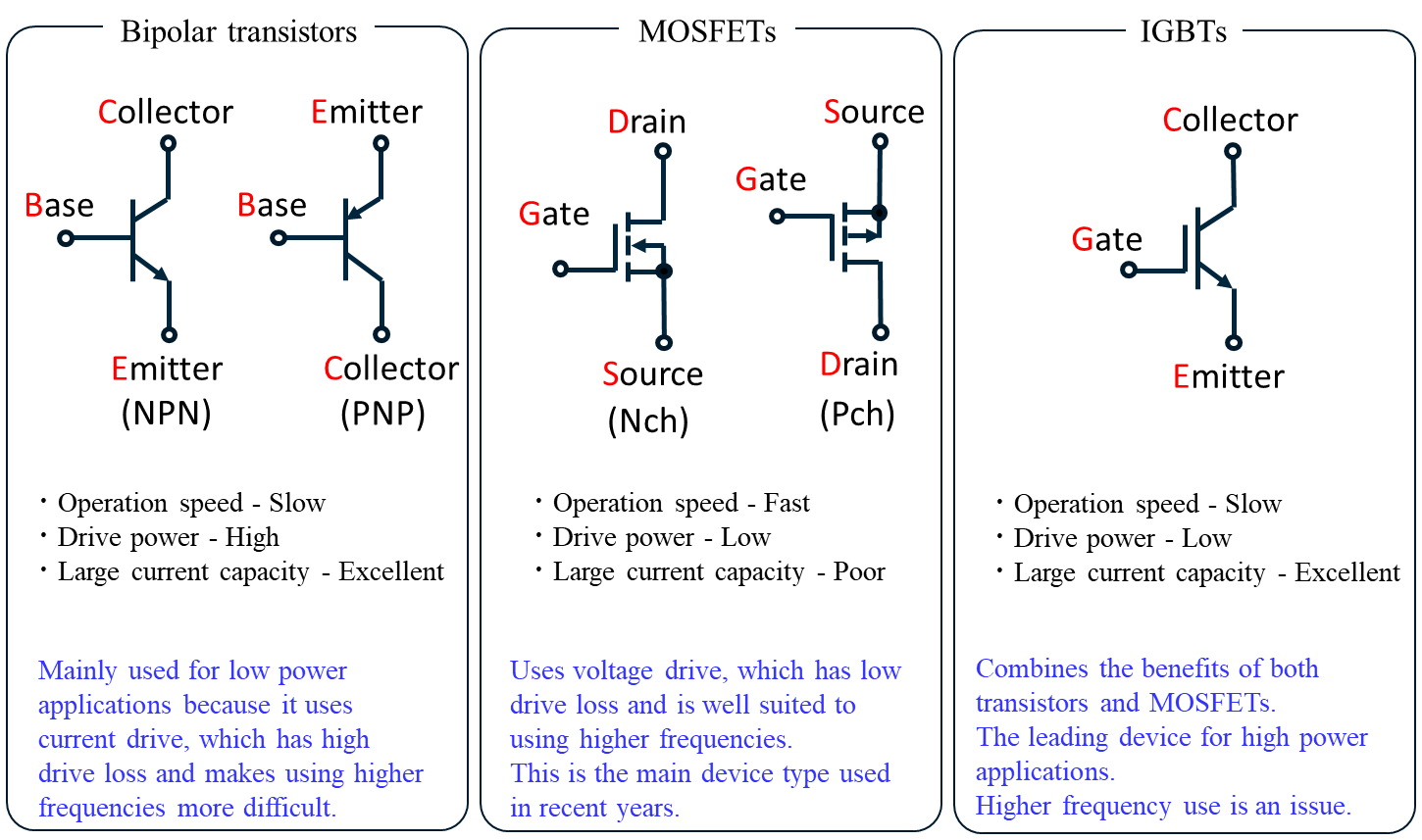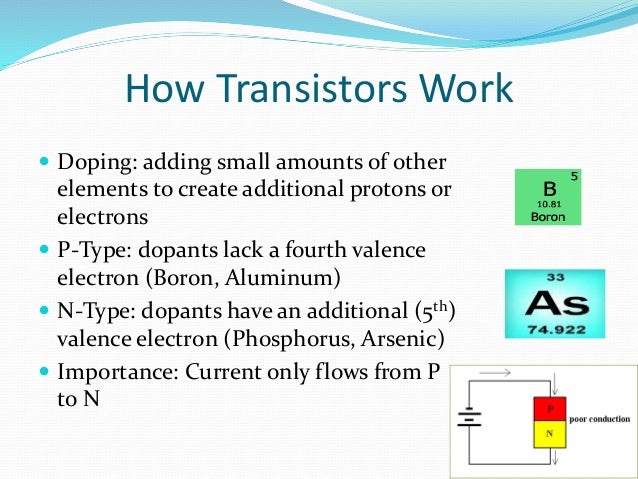MOSFET is an acronym for Metal Oxide Semiconductor Field Effect Transistor.It is a type of FET (Field Effect Transistor) that has an insulated metal oxide layer between its gate and channel. On the contrary, JFETs gate is connected with its channel. Here is a quick how to fix the most common problem of any vape pen and cartridge. You'll need a paper clip or something small with a point to get under the e. The MOSFET has three connections Drain, Gate, and Source. There is no direct connection present between the gate and the channel. The gate electrode is electrically insulated and due to this reason, it is sometimes referred to as IGFET or Insulated Gate Field Effect Transistor. Here is the image of widely popular MOSFET IRF530N. Types of MOSFETs. Available in 6 variants(650V/1200V), these MOSFETs feature approx. 50% lower ON-resistance than 2nd-generation planar types, making them ideal for large server power supplies, UPS systems, solar power converters, and electric vehicle charging stations requiring high efficiency.The SCT3 series is offered in a 4-pin package (TO-247-4L) that.
- Types Of Mosfet Amplifiers
- Types Of Mosfet
- What Is A Mosfet
- Types Of Mosfet Transistors
- Types Of Mosfet Transistor
Let’s talk about the basics of MOSFET and how to use them. This tutorial is written primarily for non-academic hobbyists, so I will try to simplify the concept and focus more on the practical side of things.
However if you are into how MOSFET work, I will share some useful academic articles and resources at the end of this post. MOSFET has some advantage and disadvantage over BJT, so choose carefully base on your application.
Types Of Mosfet Amplifiers

You can buy MOSFET’s for Arduino Projects on Amazon: http://amzn.to/2Gk6ruW
MOSFET stands for metal-oxide semiconductor field-effect transistor. It is a special type of field-effect transistor (FET).

Unlike BJT which is ‘current controlled’, the MOSFET is a voltage controlled device. The MOSFET has “gate“, “Drain” and “Source” terminals instead of a “base”, “collector”, and “emitter” terminals in a bipolar transistor. By applying voltage at the gate, it generates an electrical field to control the current flow through the channel between drain and source, and there is no current flow from the gate into the MOSFET.
A MOSFET may be thought of as a variable resistor, where the Gate-Source voltage difference can control the Drain-Source Resistance. When there is no applying voltage between the Gate-Source , the Drain-Source resistance is very high, which is almost like a open circuit, so no current may flow through the Drain-Source. When Gate-Source potential difference is applied, the Drain-Source resistance is reduced, and there will be current flowing through Drain-Source, which is now a closed circuit.
In a nutshell, a FET is controlled by the Gate-Source voltage applied (which regulates the electrical field across a channel), like pinching or opening a straw and stopping or allowing current flowing. Because of this property, FETs are great for large current flow, and the MOSFET is commonly used as a switch.
Okay, let me summarize the differences between BJT and MOSFET.
- Unlike bipolar transistors, MOSFET is voltage controlled. While BJT is current controlled, the base resistor needs to be carefully calculated according to the amount of current being switched. Not so with a MOSFET. Just apply enough voltage to the gate and the switch operates.
- Because they are voltage controlled, MOSFET have a very high input impedance, so just about anything can drive them.
- MOSFET has high input impedence.
To use a MOSFET as a switch, you have to have its gate voltage (Vgs) higher than the source. If you connect the gate to the source (Vgs=0) it is turned off.
For example we have a IRFZ44N which is a “standard” MOSFET and only turns on when Vgs=10V – 20V. But usually we try not to push it too hard so 10V-15V is common for Vgs for this type of MOSFET.
However if you want to drive this from an Arduino which is running at 5V, you will need a “logic-level” MOSFET that can be turned on at 5V (Vgs = 5V). For example, the ST STP55NF06L. You should also have a resistor in series with the Arduino output to limit the current, since the gate is highly capacitive and can draw a big instantaneous current when you try to turn it on. Around 220 ohms is a good value.
This page shows some detail explanation how a MOSFET works as a switch. This page shows some advanced usage of MOSFET.
MOSFETs come in four different types. There are three main categories we need to know.
- N-Channel (NMOS) or P-Channel (PMOS)
- Enhancement or Depletion mode
- Logic-Level or Normal MOSFET
N-Channel – For an N-Channel MOSFET, the source is connected to ground. To turn the MOSFET on, we need to raise the voltage on the gate. To turn it off we need to connect the gate to ground.

P-Channel – The source is connected to the power rail (Vcc). In order to allow current to flow the Gate needs to be pulled to ground. To turn it off the gate needs to be pulled to Vcc.
Depletion Mode – It requires the Gate-Source voltage ( Vgs ) applied to switch the device “OFF”.
Enhancement Mode – The transistor requires a Gate-Source voltage ( Vgs ) applied to switch the device “ON”.
Despite the variety, the most commonly used type is N-channel enhancement mode.
There are also Logic-Level and Normal MOSFET, but the only difference is the Gate-Source potential level required to drive the MOSFET.
I will try to explain it in the simplest way I can, for more detail or if you are in doubt, check the references and links I provide at the bottom of the post.
MOSFET is a voltage controlled field effect transistor that differs from a JFET. The Gate electrode is electrically insulated from the main semiconductor by a thin layer of insulating material (glass, seriously!). This insulated metal gate is like a plate of a capacitor which has an extremely high input resistance (as high as almost infinite!). Because of the isolation of the Gate there is no current flow into the MOSFET from Gate.

When voltage is applied at the gate, it changes the width of the Drain-Source channel along which charge carriers flow (electron or hole). The wider the channel, the better the device conducts.
The MOSFET are used differently compared to the conventional junction FET.
- The infinite high input impedance makes MOSFETs useful for power amplifiers. The devices are also well suited to high-speed switching applications. Some integrated circuits contain tiny MOSFETs and are used in computers.
- Because the oxide layer is so thin, the MOSFET can be damaged by built up electrostatic charges. In weak-signal radio-frequency work, MOSFET devices do not generally perform as well as other types of FET.
Where to put the load to a MOSFET? Source or Drain?
Because load has resistance, which is basically a resitor. For N-channel MOSFET the reason we usually put the load at the Drain side is because of the Source is usually connected to GND.
Types Of Mosfet
If load is connected at the source side, the Vgs will needs to be higher in order to switch the MOSFET, or there will be insufficient current flow between source and drain than expected.
Heat Sink connected to the Drain?
What Is A Mosfet
Typically the heat sink on the back of a MOSFET is connected to the Drain! If you mount multiple MOSFETs on a heat sink, they must be electrically isolated from the heat sink! It’s good practice to isolate regardless in case the heat sink is bolted to a grounding frame.
What is the Body Diode For?
MOSFETs also have an internal diode which may allow current to flow unintentionally. The body diode will also limit switching speed. You don’t have to worry about it if you are operating under 1Mhz.
Types Of Mosfet Transistors
- Theory behind MOSFET (Youtube Video Lecture)
Infineon is the market leader in highly efficient solutions for power generation, power supply and power consumption. The latest generation of Infineon’s MOSFET transistors were designed to ensure market leading performance, improve efficiency and to achieve better thermals in terms of the state of the art EMI behavior.
Types Of Mosfet Transistor
AC-DC applications requiring high-voltage blocking capability and fast switching with low losses take advantage of the revolutionary CoolMOS™ superjunction technology for more efficient power supplies. Infineon’s superjunction MOSFETs serve today's and especially tomorrow’s trends in different topologies, ranging from a simple flyback to TCM Totem Pole PFC. Designers benefit from a lower temperature, the improved form factor, and increased efficiency.
